Printer-Friendly PDF
Learning Through Places
Family Farms: Jewish Farmers in Connecticut
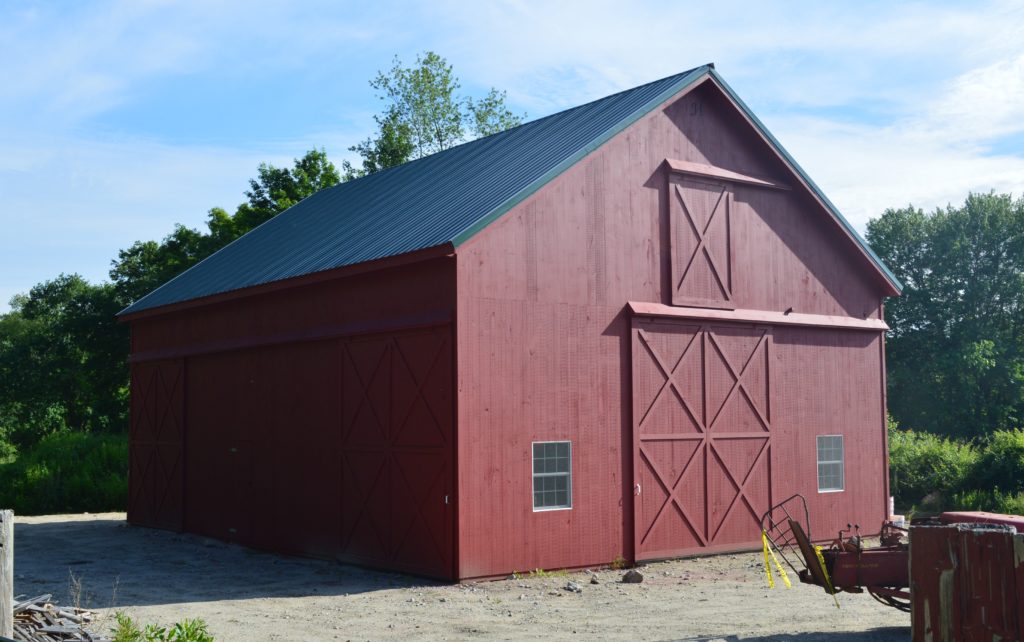
Himmelstein Barn, built 2014, Himmelstein Homestead Farm, Lebanon, Connecticut. Photo: Mary Donohue, 2016
What do you see in the photograph?
What type of building is this?
What is it used for?
What types of things could you find inside this building?
Do you find it in the city or the country?
Have you ever been inside this type of building?
Let’s learn about this place!

Farmhouse at the Himmelstein Homestead Farm, Lebanon, Connecticut. It was built around 1821. This is how it looked in 2013. Photo: Lucas Karmazinas, State Register of Historic Places
The Himmelstein Homestead Farm is in Lebanon, Connecticut. Lebanon has a long history of farming.
Connecticut’s First Peoples began to grow crops about 1,100 years ago. Corn, beans, and squash were important foods. The English came and settled in Connecticut in the 1600s. They picked the best land for their farms. The settlers grew beans, peas, squash, turnips, pumpkins, and onions. They planted fruit trees such as apple trees.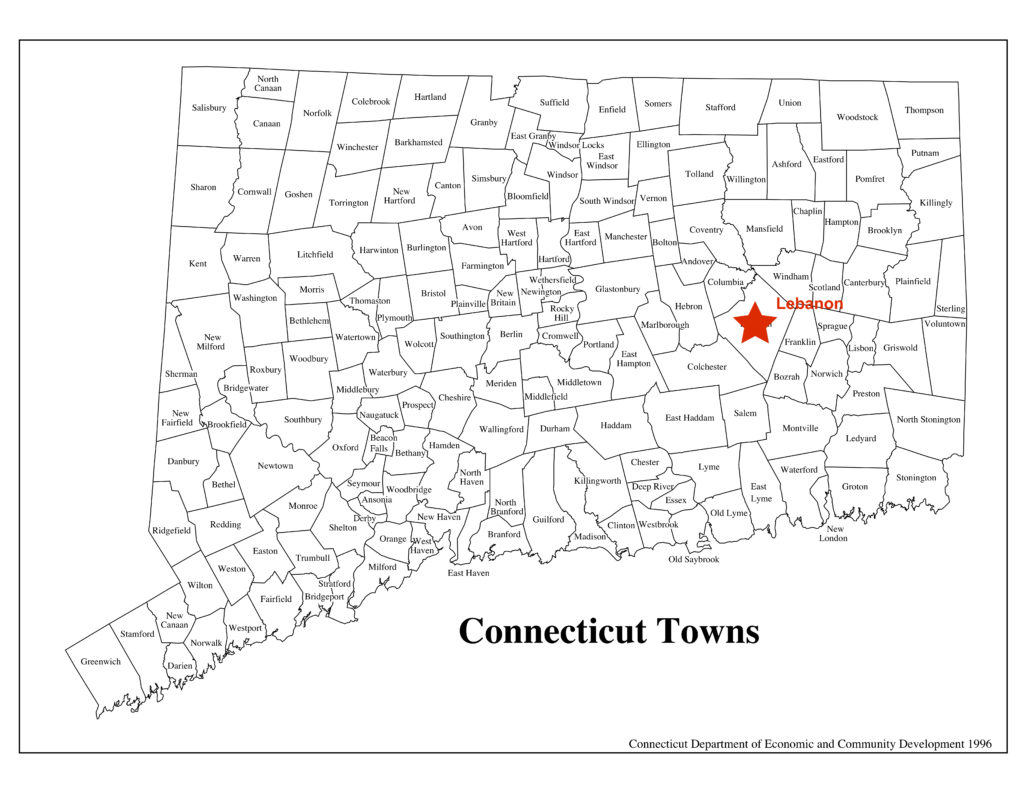
Joseph Trumbull brought livestock farming to Lebanon in 1704. Livestock includes cattle, sheep, mules, and hogs. These animals were used as meat and as work animals. By 1720 Lebanon was a successful farming town.
Beginning in the late 1700s, though, farmers began to leave Connecticut. Connecticut’s farmland was all taken. As children grew up, there wasn’t enough farmland for them to have their own farm. They moved west to places like Ohio. Some moved north to Vermont. Some left farming. They moved to cities or towns. They took jobs in factories.
But in the 1880s, new immigrants began to buy Connecticut farms in the country. People from Poland, Italy, Finland, and Jews from Eastern Europe came to Connecticut. They became farmers.
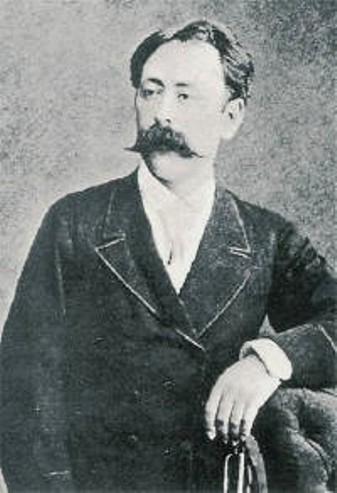
The Baron de Hirsch (1831-1896) used his fortune to help Jewish people move to the United States and become farmers. Photo: Jewish Historical Society of Greater Hartford
Jews Move to Connecticut to Become Farmers
The immigrants who were Jewish were escaping violence in their homeland. They got help getting to America from Baron de Hirsch. Baron de Hirsch was a wealthy German man. He was Jewish, too, and he wanted to help.
The Jewish immigrants came to New York City. But they did not stay in the city. The Jewish Agricultural Society helped them find farms in the country. The society gave the new farmers advice about how to run a farm. It published a farming magazine in the Yiddish and English languages. Yiddish is the language these Jews spoke. The magazine taught the new farmers how to manage a farm and make enough money to support their families.
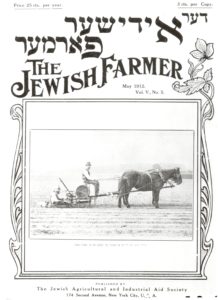
The Jewish Farmer, May 1912. Photo: Jewish Agricultural and Industrial Aid Society, New York, New York. This is the magazine that helped Jewish farmers learn how to farm. Can you see the English words on the cover? Can you also see the Yiddish words written in a different alphabet?
They had a lot to learn! They had to learn a new language. They had to learn how to take care of animals like chickens and cows. They learned how to sell their eggs and milk. Farming is a lot of hard work! They also had to learn a new culture, new foods, and a new style of clothing.
Louis Himmelstein’s family moved from Russia to New York City in 1900. He was 18 years old. The family moved to a farm in Lebanon, Connecticut in 1903. Louis found out he loved farming. He became a farmer.
In 1913 Louis and his wife Dora Himmelstein bought their own farm in Lebanon. The Jewish Agricultural Society helped them purchase their farm. The farm had 125 acres of land, one cow, and a flock of chickens. The Himmelsteins worked hard. They bought more land and more cows. They ran a dairy farm. A dairy farm produces milk. After a while they had more than 300 acres and 100 cows.
The Himmelsteins had four children. When the children grew up, three of them stayed on the farm. Their son Meyer became a farmer. Meyer’s son Frank also grew up to be a farmer. Three generations of the same family have owned the Himmelstein farm! Jewish farmers became very good at growing tobacco, raising chickens, and selling eggs and milk.
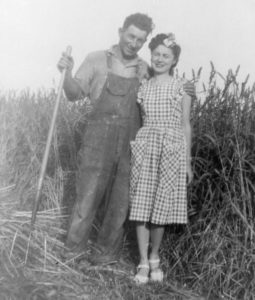
Meyer and his wife Eva Himmelstein on the farm, 1946. Photo: Frank Himmelstein
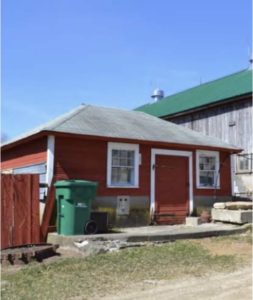
Himmelstein Milk House, built 1939. Photo: Lucas Karmazinas, State Register of Historic Places, 2013
The Himmelstein Homestead Farm Today
The Himmelstein Homestead Farm is a busy place today. Frank Himmelstein raises many kinds of squash. He sells to food cooperatives and restaurants. He also grows and sells hay to feed animals in the winter. He went to college to study farming. He is careful not to do anything that would hurt the land. He has arranged for the farm to be a farm forever. He worked with the State of Connecticut. The state’s Farmland Preservation Program makes sure that good farmland will always be used for farming.
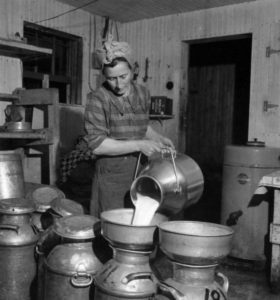
Zelda Himmelstein pouring milk into milk cans to send to the milk cooperative, 1940s. Photo: Frank Himmelstein
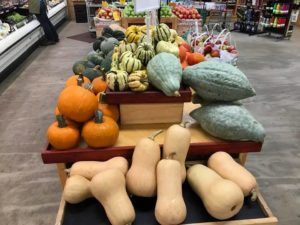
Many kinds of Himmelstein Homestead Farm squash for sale at the grocery store. Photo: Frank Himmelstein, 2018
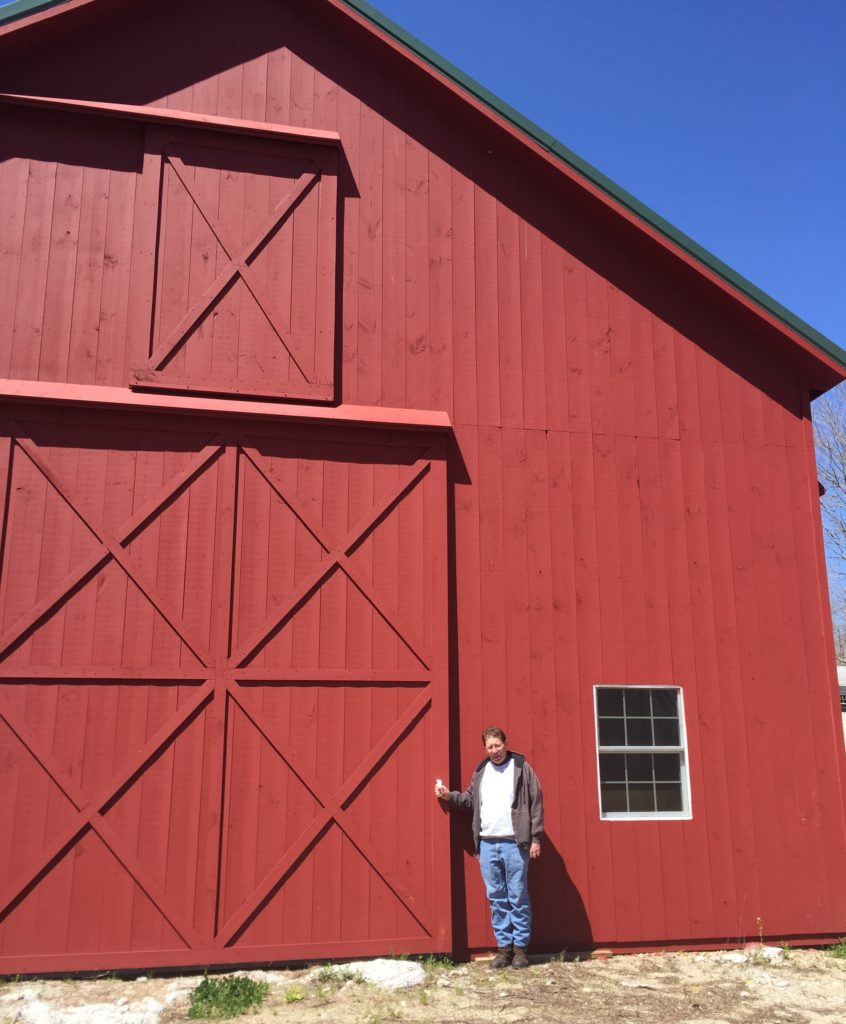
Farmer Frank Himmelstein outside his barn. Photo: Frank Himmelstein, 2016
On Your Own
-
Make a poster of your favorite foods. Divide them into two groups: foods grown on a farm and foods made in a factory. At home, read the labels on your favorite foods. Identify where each food was made or grown and write that place on your poster next to a picture of the food. Do your bananas come from the Dominican Republic? Do your oranges come from Florida? Avocados from Mexico? Eggs from Connecticut? Or apples from Connecticut? Do you grow any food in your own garden at home?
-
Pretend you are a magazine reporter working for Connecticut Farmer Today Magazine. You’ve been assigned a story about family farms in Connecticut. First, find a farm to write about. Do you know a farmer? If you do, interview him or her. If you don’t know a farmer, find a list of Connecticut farms here on the State of Connecticut’s Department of Agriculture website: https://www.ct.gov/doag/cwp/view.asp?a=3260&q=412796
The list is by county so you can find one near where you live (you might have to try a couple to find one you like.) Second, make a list of things you think people would want to know about this farm. You could brainstorm ideas with your classmates. Third, do your research. Go to the farm’s website and find out the answers to your list of things you think people want to know. Include the history of that farm and what they grow. If you can, visit the farm (find out first if it’s open). If you can’t get all of your answers from the website and by visiting the farm, you might be able to e-mail the farmer (ask your teacher or parent first). Fourth, write your story based on what you find on their website, things you learn on your visit, and any answers you get by e-mail from the farmer. Put your story together with your classmates’ stories to make an issue of Connecticut Farmer Today Magazine.
Here’s a short list to choose from:










